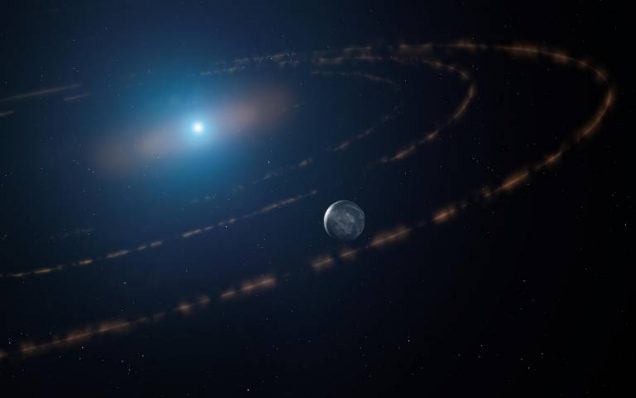Planetary bodies observed for first time in habitable zone of dead star

In February 2022, a manuscript led by Jay Farihi from University College London and including members of the BUWD group (Farihi, Hermes, Marsh, et al. 2022) announced the discovery of a remarkable white dwarf that hosts the first planetary debris found in the habitable zone of a retired solar system. The white dwarf, WD1054-226, started out its life like the Sun, but has since evolved through its giant phase and is now a retired white dwarf star. The debris orbits the white dwarf every 25 hours, and features persistent structures in the transit light curve that are most simply explained by a more massive unseen object, in the same way that structures in the rings of Saturn are caused by orbital resonances with moons and moonlets. The discovery was covered by BBC News, NewScientist, Newsweek, Space.com, and IFLScience. A nice thread on Twitter by Corey S. Powell summarizes some of the most interesting figures from the manuscript, published in MNRAS.